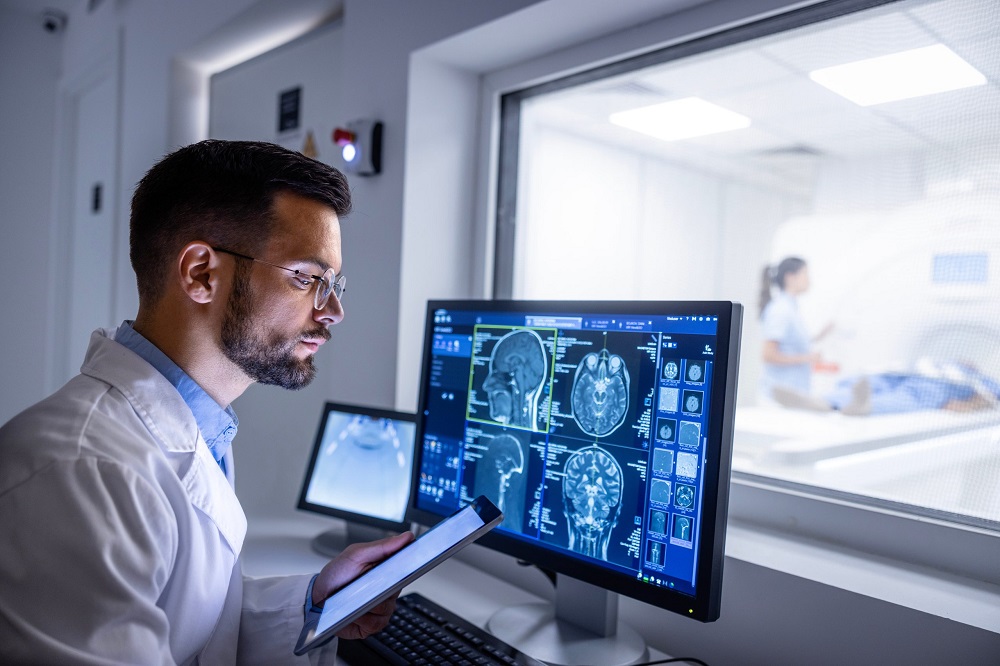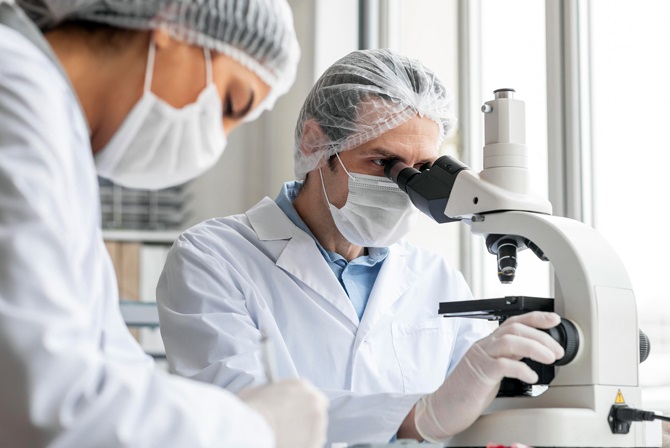
Understanding the Role of Technology in Modern Clinical Diagnostic Centres
Over the last few years, technology has impacted almost every sector, including the healthcare sector. Clinical Diagnostic Centres, which play a great role in current healthcare systems, have adopted various technological innovations to facilitate patient care and increase diagnosis precision, among other goals. This article explores the changes that have occurred with reference to technology in modern clinical diagnostic centre.
Enhanced Diagnostic Accuracy
Some of the many potential advantages of using the application of technology in clinical diagnostic centres include; Increased diagnostic accuracy. Some of the imaging technologies are MRI, CT and PET that will give a detailed and accurate picture of the human system. These technologies enable radiologists and other healthcare workers to see potential problems, including tumors or even fractures, more clearly. For instance, 3D imaging has allowed for better visualization of internal anatomy and structures in order to help in diagnosing a problem and in treatment planning.
In addition, digital pathology, or pathology scanning of traditional glass slides using digital technology, has enhanced diagnostic accuracy. Pathologists can therefore send high resolution images to other specialists from different parts of the world to rule out any possibility of a wrong diagnosis on the patients.
Streamlined Operations
As for clinical diagnostic centres, the application of technology has made organisations more effective and helped to avoid long queues for patients. Digital Health Record System has replaced paper record system and people are now able to access their patients details easily. This is a great advantage as it accelerates the process of diagnosing the patient and at the same time all the records of the patient are retrieved at the point of care by the healthcare providers.
Furthermore, the recent development of automated laboratory systems has enhanced the time taken in conducting numerous tests. Automation in the blood testing techniques involves the precise separation of blood samples, testing of products, and generation of results before the human counterparts. This automation makes it possible for clinical diagnostic centres to perform even more tests, and at the same time, deliver accurate results in record time.
Improved Patient Experience
Technology has also improved the patient experience especially in Clinical diagnostic centres. Potential benefits of online appointment scheduling systems include patients getting appointment times of their own choice and thus do not have to wait long hours for their appointments at the centre. Also, digital kiosks and mobile application improve the check-in process and allow patients to view their results online.
Telemedicine is also another technology that has advanced the processes of treating patients. The patients can now self-refer and see a healthcare professional without having to attend the clinical diagnostic centre for appointments after the initial consultation. This is especially important for patients who live in the rural areas or patients who have some form of limitation when it comes to mobility.
Personalized Medicine
Another field that has seen some improvement through the technological advancement of drugs is the use of individualized medicine where drugs are developed based on the patient’s genotype. Modern clinical diagnostic centres apply various genetic tests to detect certain genes that are likely to affect the given patient’s reaction to the treatment. This information helps the doctors to design an individual treatment plan that can be more efficient and less toxic to the patient.
For instance, pharmacogenomics which is a branch of personalized medicine focuses on genetic variations in individual’s drug metabolizing enzymes. With the knowledge of such gene differences, doctors can recommend drugs that stand a better chance of helping the specific patient, enhancing the course of treatment.
Integration of Artificial Intelligence
Clinical Diagnostic Centres were among the industries that experienced a significant shift when Artificial Intelligence (AI) was introduced. The AI algorithms can evaluate a large amount of information in a short time with a high degree of accuracy, which will draw the attention of healthcare providers. In the field of radiology, for instance, AI can figure out areas of concern in medical images including X-rays or MRI scanners with efficiency. This not only accelerates the diagnostic process but also minimizes the risk of an inaccurate diagnosis by a professional.
AI is also applied in pathology to investigate samples of a tissue. Machines can be used to detect patterns and abnormalities that are inconspicuous to the naked human eye thus increasing chances of accuracy. In addition, AI can analyze large volume of data of past patients and can establish the results to ensure that the overall treatment outcomes are improved.
Data Security and Privacy
Since the implementation of technology in clinical diagnostic centres is on the rise, issues of data security and privacy of the affected patients are very critical. Efficient and comprehensive safety features such as encryption systems and data storage methods have been employed to shield patient data. The diagnostic centres that operate clinically have to observe strict data protection laws like the HIPAA when handling the patient data.
Future Trends
The future of Clinical Diagnostic centres seems bright in the coming years as there are several technologies waiting for breakthroughs. Smartwatches and fitness trackers are also now common for various wearables used in keeping a check on the body signs as well as to identify early signs of any health problem. These devices can transfer data to clinical diagnostic centres in realtime, and this will enable constant monitoring the state of the patient’s health.
Moreover, genomic and biotechnology are expected to present more growths in personalized medicine in the future. Technological advancements, especially CRISPR, present a view of new, real solutions for treating previously untreatable diseases at their root.
Conclusion
The role of technology in modern clinical diagnostic centres cannot be overstated. From enhancing diagnostic accuracy and streamlining operations to improving patient experience and enabling personalized medicine, technology has transformed the way clinical diagnostic centres operate. As technology continues to advance, we can expect even more innovative solutions to emerge, further improving the quality of care provided by these essential healthcare facilities.
In conclusion, clinical diagnostic centres have embraced technological advancements to enhance their services, making them more efficient, accurate, and patient-friendly. As we move forward, the integration of emerging technologies will continue to shape the future of clinical diagnostic centres, ensuring that patients receive the best possible care.







